Pearl Elegance Preserved: A Comprehensive Guide to Cleaning and Maintaining Your Precious Pearls

Valuable and fragile. Two words describe pearls.
These words mean you must make a good effort to clean and maintain pearls. It’s simple.
Without proper care, your pearls lose their shine and value.
They lose what makes them special. You don’t want that.
So, this guide takes you through pearl cleaning and maintenance tips.
Significance of Pearl Jewelry
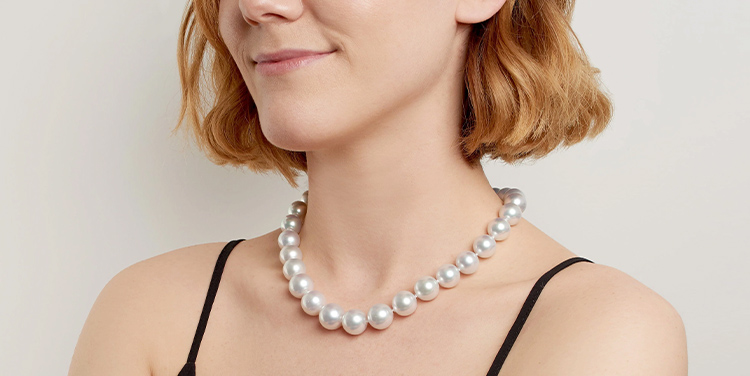
Pearls have always been symbols of royalty and wealth, at least in the past.
Today, they stand out as fashion statements and, to some people, as long-term investments.
Some cultures believe they bring good luck. Whatever the case, everyone has something good to say about them.
Importance of Proper Cleaning to Maintain Luster and Longevity
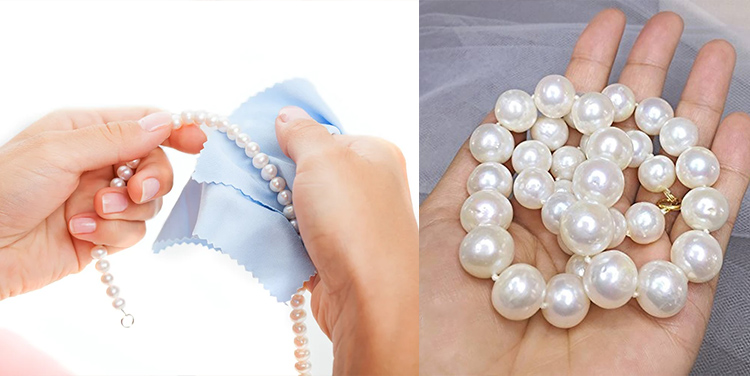
Pearls are not self-cleaning. Hence, proper cleaning is essential to maintaining their lustrous look and longevity.
And the best part? You can clean your pearls yourself. For the most part, you only need water and soft clothing.
Cleaning your pearls keeps them in good shape. It ensures they retain their luster, and that makes them last long.
Understanding Pearls: Different Types of Pearls
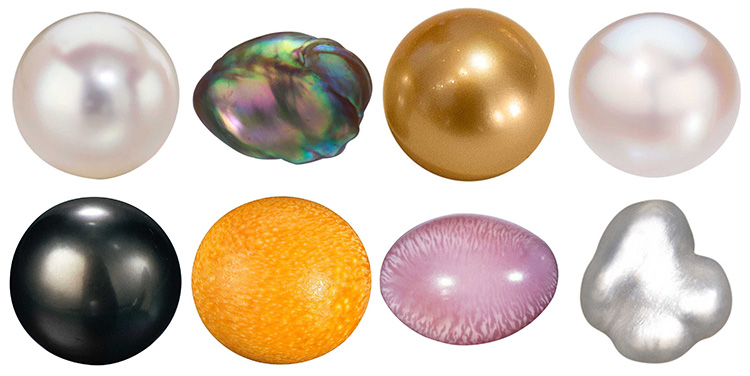
Freshwater pearls
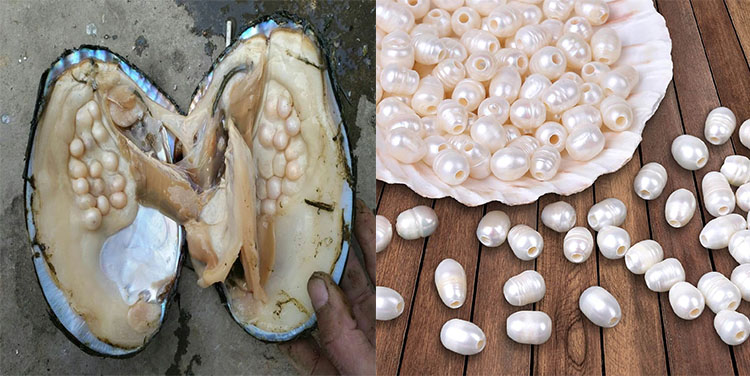
Freshwater pearls come in different sizes and shapes.
They are mostly mass-produced in China, which makes them cheaper than other pearl types.
That makes them popular among shoppers.
They are mainly grown in the Hyriopsis cumingii mollusks, also known as the triangle mussel.
Saltwater cultured pearls
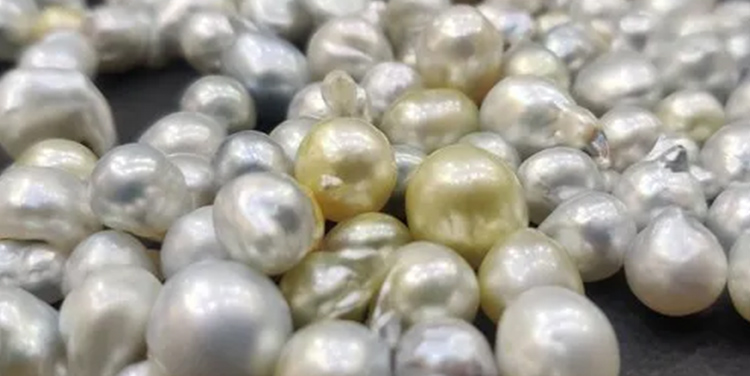
Saltwater pearls are usually round and have high luster, depending on the type.
They are produced by saltwater mollusks found in the Philippines and other countries like Vietnam, Indonesia, Australia, and Indonesia.
Akoya Pearls
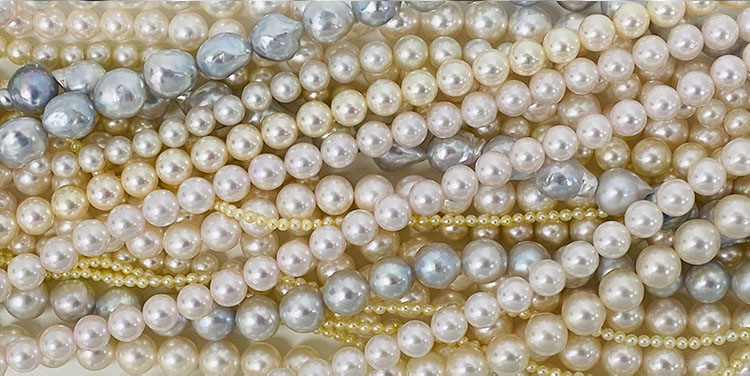
Akoya Pearls come in small sizes, from 2mm to around 10mm.
They have a round shape and mirror-like luster. People consider them the classic pearls for fashion.
Their near-perfect round shape makes them a great choice for long necklace strands and bracelets.
Akoyas are usually small and mostly grown in southwestern Japan, Vietnam and China.
Tahitian Pearls
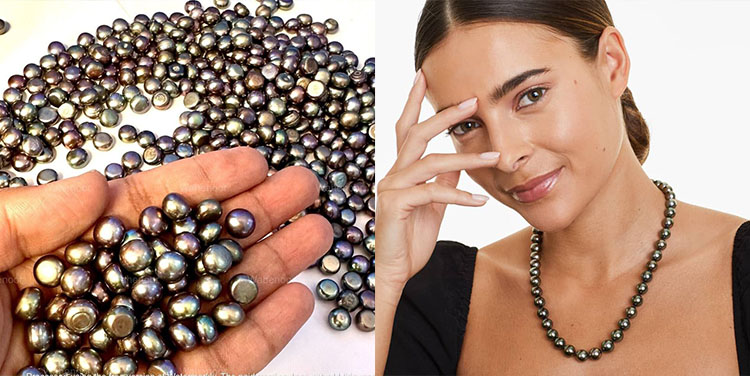
Tahitian pearls usually range from 8mm to 16mm. They are large and known to most as ‘the black pearls.’
They come in unique dark colors of different variants, such as charcoal grey and peacock green.
Their purple or pink overtones give them a unique appearance.
They are formed from the black-lip oysters found around the Islands of French Polynesia.
South Sea Pearls
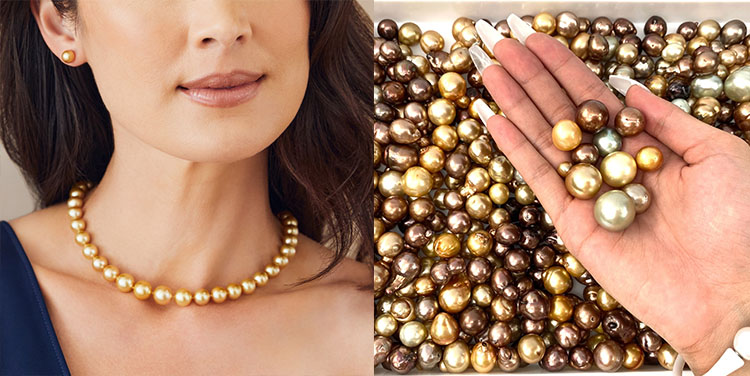
They are the ‘Queen of Pearls,’ South Sea Pearls are the most valuable pearls today, and the reasons are simple.
They are rare because they take anything from 2-4 years to grow. They are also large, with some reaching 22mm.
You can find them in the tropical waters of Indonesia, Australia, and the Philippines.
They have a satin-like luster, a luxurious natural golden appearance, and a white and blue shine.
Characteristics and Vulnerability of Pearls
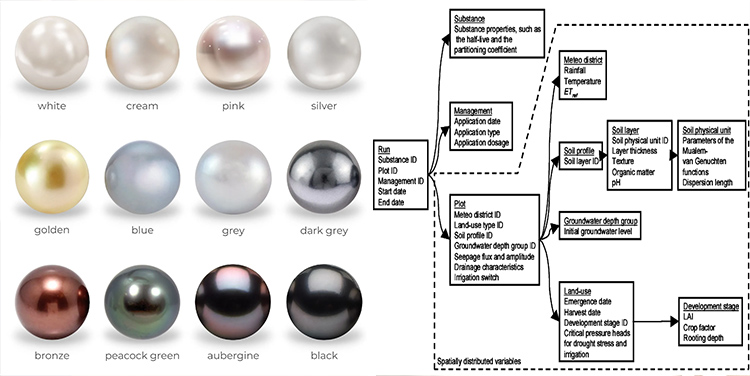
Rare? Check. Delicate? Check. Pearls are unlike other gemstones. They cannot withstand heat or exposure to water.
Exposure to those elements will make them lose their luster. They also lose value once they start having visible dents on their surface.
General Guidelines for Cleaning
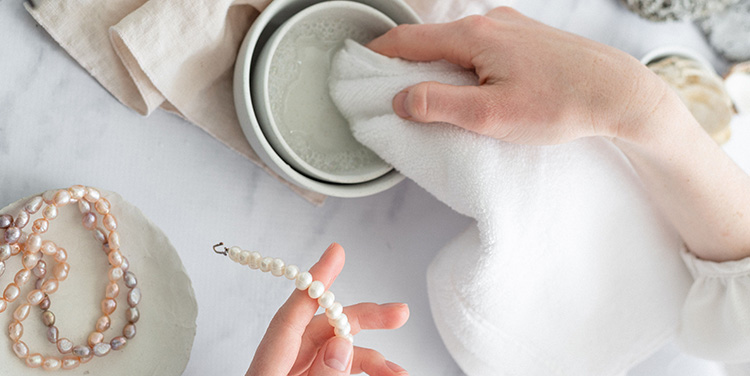
You cannot clean pearls in the same way you clean other gemstones. You need soft materials and water.
Materials for cleaning
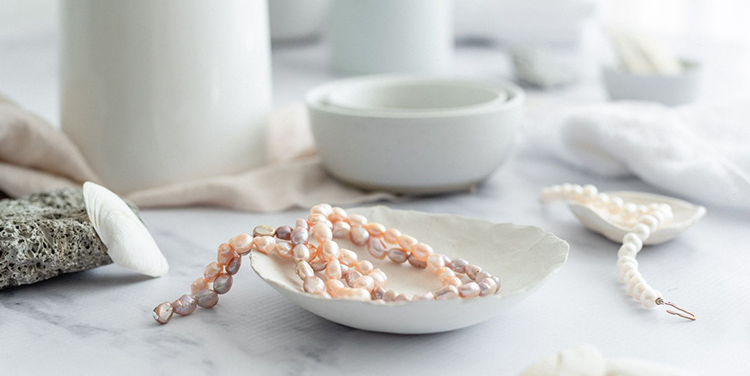
●Damp, soft cloth
●Lukewarm water
●Mild soap
●Soft brush
●Soft cloth for rinsing
●Fine cloth for air-drying
Avoiding Harsh Chemicals and Ultrasonic Cleaners
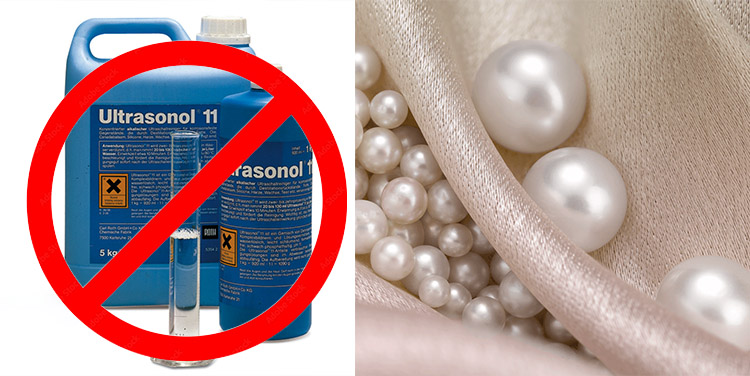
Keep your pearls away from ultrasonic jewelry cleaners. Also, do not let them come in contact with alcohol or other harsh liquids.
Regular contact with these liquids will wear out the pearls, reduce their luster, and make them lose value.
Step-By-Step Cleaning Process

Step 1: Gently wipe pearls with a soft, damp cloth.
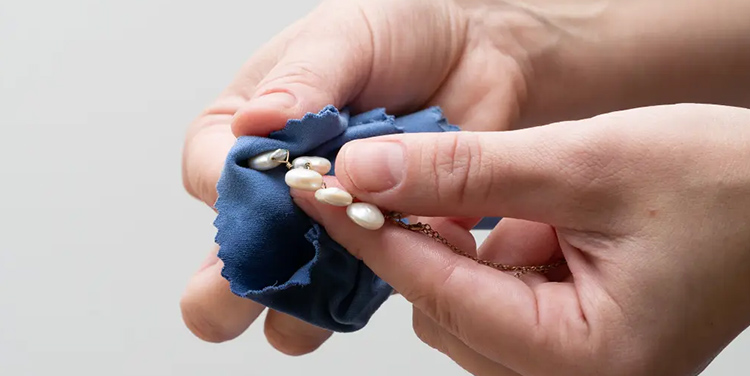
You don’t need to immerse your pearls in water. Instead, wipe them with a soft cloth, like flannel materials. Be gentle.
Step 2: Prepare a mild, soapy solution for more thorough cleaning.

If you notice dirt or oil on your pearl jewelry, you may prepare a quick, soapy solution to clean them. Only use mild soaps and lukewarm water.
Step 3: Use a soft brush to clean hard-to-reach spots.
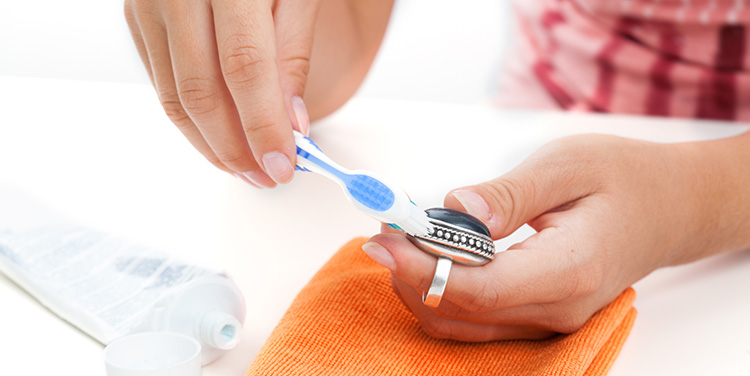
The soft bristles can penetrate places the cloth cannot. Ensure you only use the brush for cleaning your pieces of pearl jewelry.
Step 4: Rinse carefully to remove soap residue.

Rinse and wipe down the pearls after cleaning. Remember not to stretch the strands. Go easy on the pearl.
Step 5: Air-dry pearls completely before storing.
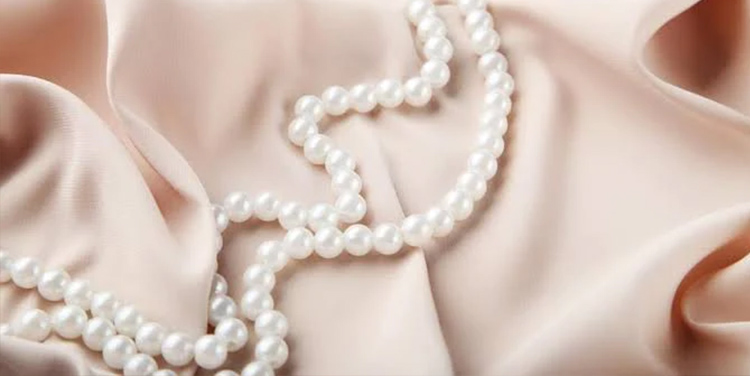
Finally, place your pearls on a soft, clean, fibreless cloth and let them air-dry completely. Be patient and allow them to dry completely.
Special Considerations for Different Pearls Types
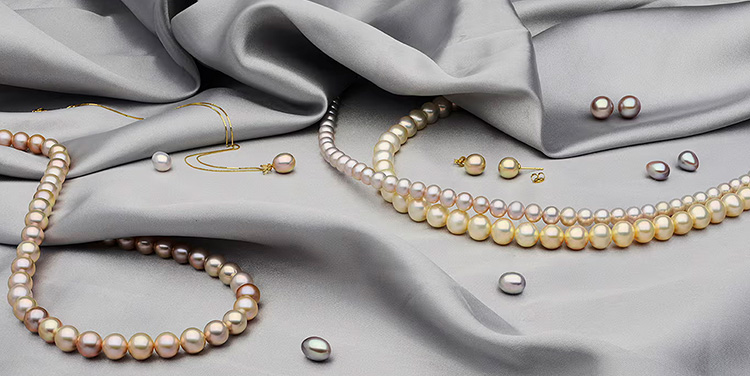
Akoya pearls: if you own Akoya pearl jewelry, never use them when you engage in sports or related activities.
Have a separate cloth to clean them. They are so delicate that residue from other gemstones can damage them.
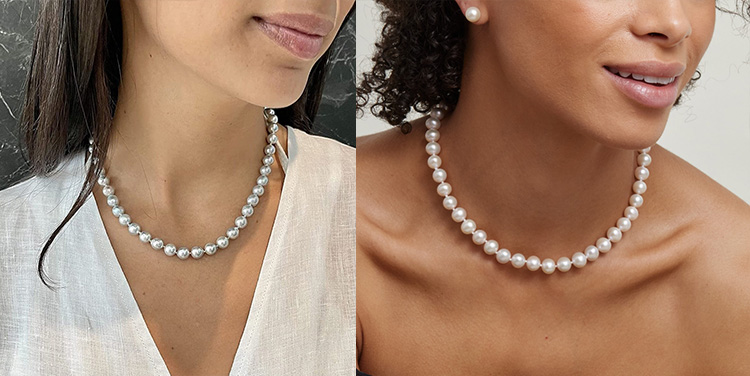
Tahitian pearls: like other types of peals, keep them away from harsh liquids. Wipe with soft clothing after every use.
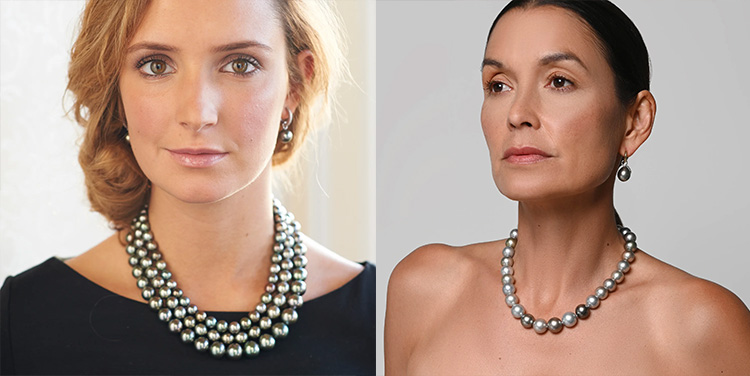
South Sea Pearls: Wipe them after every wear to remove oils and maintain their lustrous appearance.
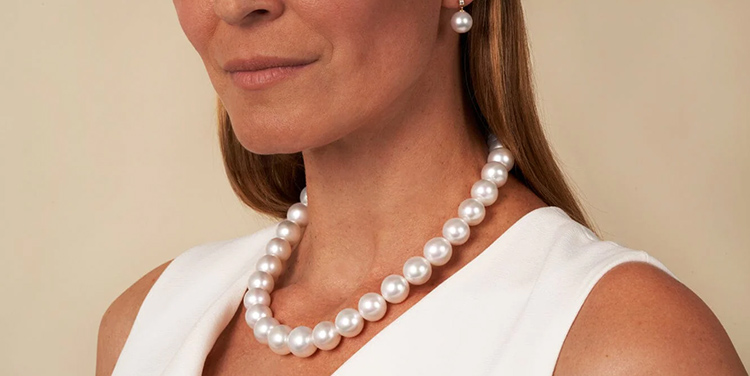
Storage Tips
Importance of Storing Pearls Separately from Other Jewelry
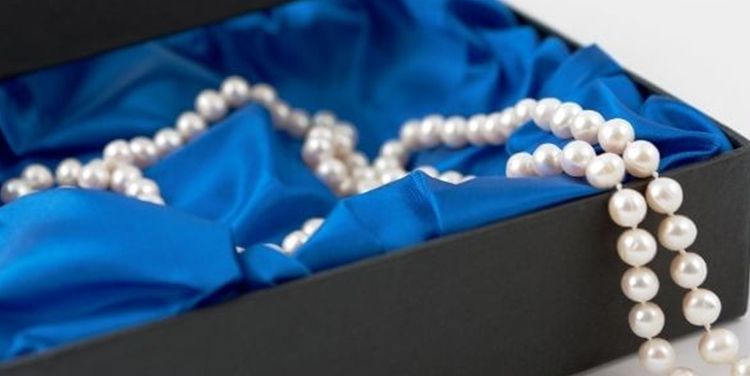
Seeing that pearls are super delicate and vulnerable, store them away from other jewelry pieces.
That ensures they don’t sustain scratches. You want to do this to maintain their shine and smooth surface area.
Use a Soft Pouch or Lined Jewelry Box to Prevent Scratches
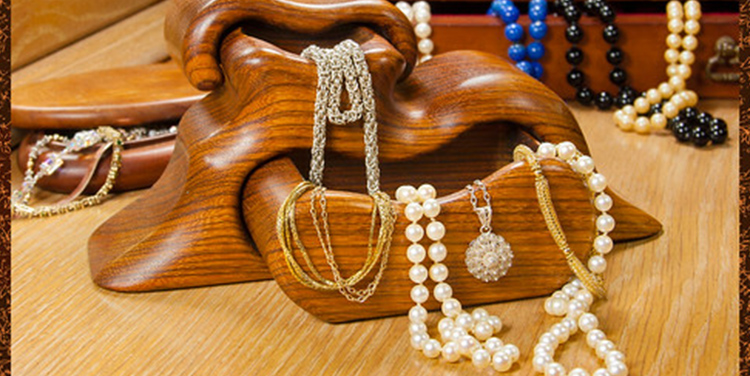
Using a soft cloth/pouch or a soft, segmented jewelry box is the best way to store pearls.
Avoid air-tight containers or Ziploc bags. Pearls can get dehydrated and begin to crack if stored in air-tight bags.
FAQs
Can I use commercial jewelry cleaners for pearls?
No. Commercial jewelry cleaners may contain harsh substances that can damage pearls.
Please keep it simple and safe by using lukewarm water.
How often should I clean my pearl jewelry?
Ideally, you want to clean your pearls after every use.
That way, you can get rid of sweat or dirt particles from use.
What should I do if my pearls get scratched?
It depends on how big and visible the scratch is. For minor scratches, you can keep to basic cleaning.
But if the scratches are visible, you can take them to a pearl jewelry expert for assessment.
Can I use a hairdryer to speed up the drying process?
No. Hair dryers release heat, which can damage the surface of pearls.
Avoid using hairdryers. Rather, place the pearls on soft clothing and allow them to dry on their own.
Is it safe to wear pearls while swimming?
No. It is unsafe to wear pearls while swimming, as too much exposure to water can damage them.
Conclusion
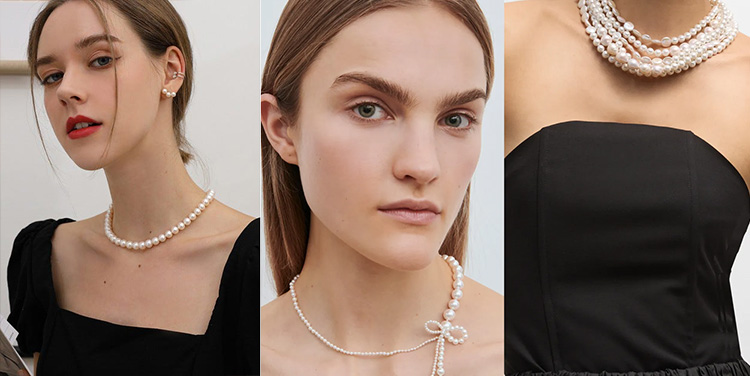
Pearls are a symbol of elegance and class.
Their unique appearance and beauty means they have become part of everyday fashion and lifestyle.
Unlike other gemstones, they are quite fragile. Follow the above tips to keep your pearls beautiful over time.
By following the steps outlined in this article, you will be able to care for your pearl jewelry, ensuring it lasts long and remains in good shape for your use.


Leave a Comment